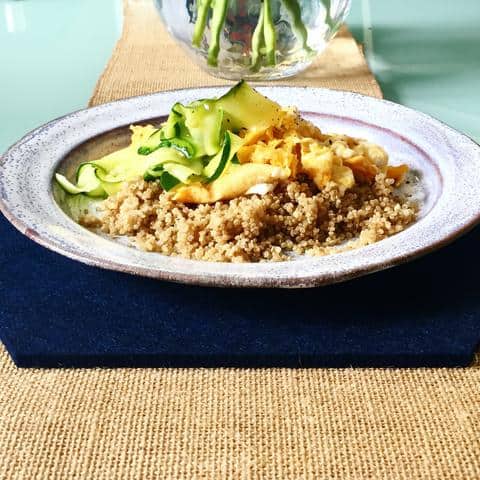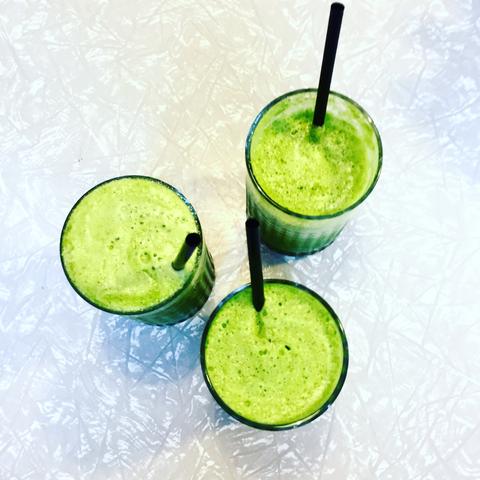These days, there are so many food related trends, troubles and technical terms that it can be hard to keep up with it all! With the increasing awareness of intolerances and allergies, a whole host of acronyms have entered the wellness word list and FODMAPs is one that many aren’t familiar with.
Curious ourselves to know more, we thought we’d demystify this so our matcha mates can have a FODMAP friendly February and who better to ask than a matcha mate in the community? The lovely Chloe McLeod (@chloe_mcleod_dietitian) has given us the basics – we love her so matcha!
+++++++++++++++++++
You may have heard the term FODMAPs, but feel a little unsure about what it exactly means. What is it? What does it help with? Around 20% of Australians suffer from irritable bowel syndrome (IBS), so it is likely that you, or someone you know may suffer from this debilitating condition. How best to manage it? Research shows that following a low FODMAP diet is the best way of managing your symptoms of IBS.

So, what are FODMAPs?
FODMAPs stands for Fermentable Oligosaccharides, Disaccharides, Monosaccharides and Polyols. These are all different types of carbohydrates. When these carbohydrates are poorly absorbed in the small intestine, it can result in increased water being drawn into the gut.
This can cause diarrhoea for some people. For others, the carbohydrates travel to the large intestine where they are fermented by bacteria, producing gas. This gas can lead to additional symptoms of IBS including bloating, constipation, flatulence, pain and nausea. Sounds pretty uncomfortable right?
Common High FODMAP Foods:
Asparagus, onion, garlic, cabbage, celery, sweet corn, legumes, apples, pears, mango, watermelon, yoghurt, cow’s milk, soft cheese, ice cream, wheat-based breads, cereal, pasta, cashews and pistachios
Low FODMAP foods to enjoy:
Cucumber, carrot, lettuce, tomato, zucchini, banana, orange, mandarin, grapes, lactose-free milk and yoghurts, hard cheese, meats, fish, gluten-free breads and pastas, quinoa and rice

The FODMAP diet
IBS symptoms can often occur when there is an increased consumption of one or more of the types of FODMAPs you are intolerant to. I.e. if you have apple, avocado and apricots all in one day, this could be too much for you to tolerate. However, if you only have avocado, the quantity may be fine to eat without getting symptoms. This can make it a tricky task to work out what is causing your discomfort!
It is a good idea to start by identifying your individual triggers. This is done by eliminating high FODMAP foods for several weeks. By doing so, IBS symptoms can clear up quite quickly! Then, participating in a series of food challenges to determine which types of FODMAPs are your triggers is the best way forward. (Chloe’s FODMAP Challenge is a 12-week program based on this approach.)
Also consider…
Remember that stress and lack of sleep can also exacerbate symptoms, and some low FODMAP foods can still contribute to IBS. Fatty foods, caffeine, alcohol, too much fibre (or too little fibre) and medications and may also influence your symptoms.
Hopefully, you all have a FODMAP friendly February!
+++++++++++++++++++
By Chloe McLeod
Dietitian and Director of The FODMAP Challenge
The next round of The FODMAP Challenge starts on February 10th – read more here!
+++++++++++++++++++





